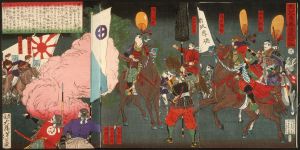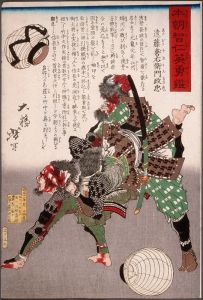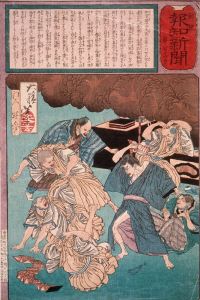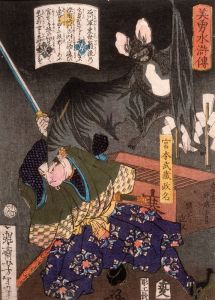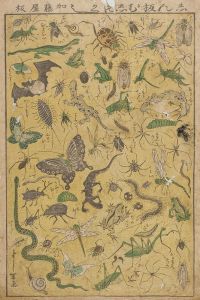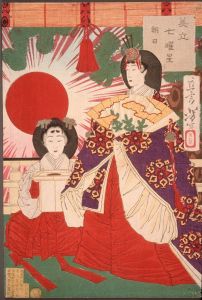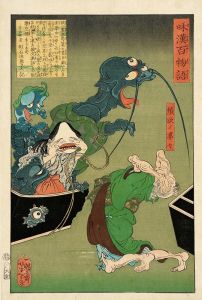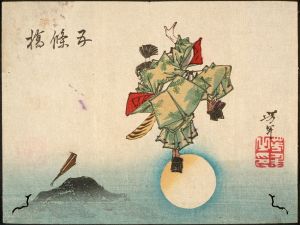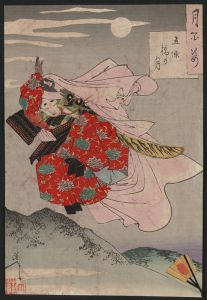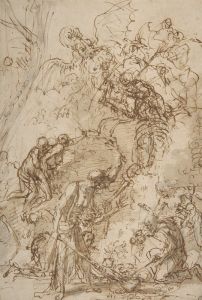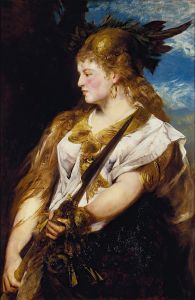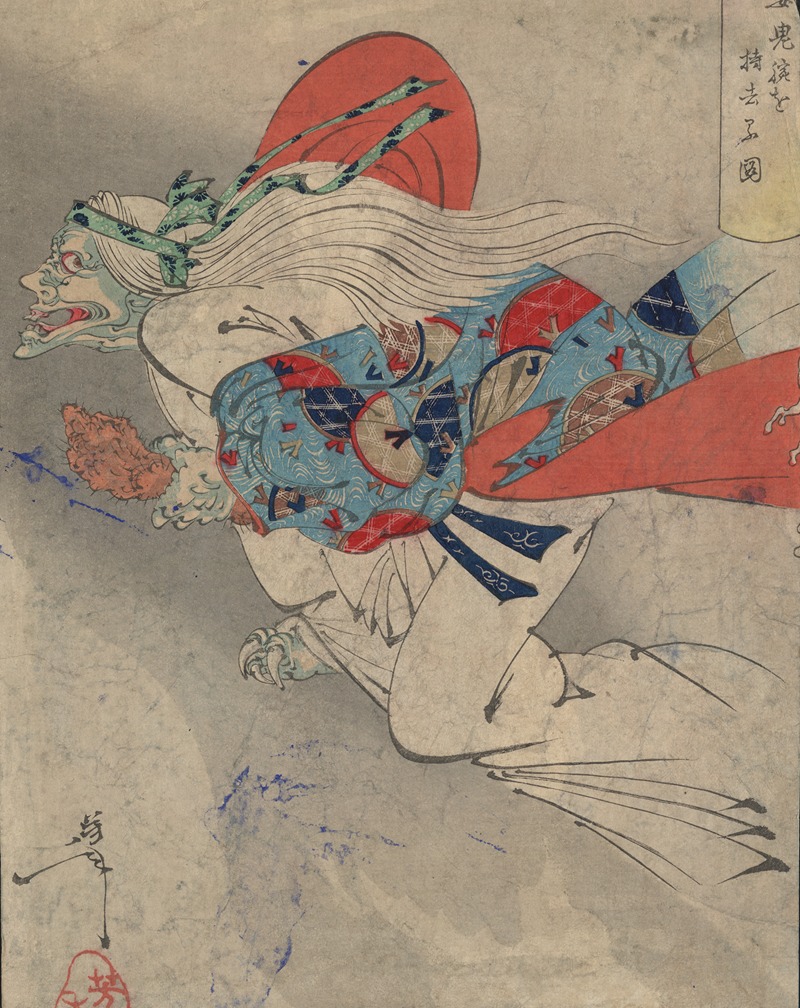
Ibaraki
A hand-painted replica of Tsukioka Yoshitoshi’s masterpiece Ibaraki, meticulously crafted by professional artists to capture the true essence of the original. Each piece is created with museum-quality canvas and rare mineral pigments, carefully painted by experienced artists with delicate brushstrokes and rich, layered colors to perfectly recreate the texture of the original artwork. Unlike machine-printed reproductions, this hand-painted version brings the painting to life, infused with the artist’s emotions and skill in every stroke. Whether for personal collection or home decoration, it instantly elevates the artistic atmosphere of any space.
Tsukioka Yoshitoshi (1839–1892) was a renowned Japanese artist, widely recognized for his contributions to the ukiyo-e genre of woodblock printing and painting. He is often celebrated for his innovative approach to traditional Japanese art, particularly during the Meiji era, a time of significant cultural and societal transformation in Japan. Yoshitoshi's works are noted for their dynamic compositions, vivid colors, and the ability to capture the complexities of human emotion and historical narratives.
One of Yoshitoshi's notable works is "Ibaraki," which is part of his series "New Forms of Thirty-Six Ghosts" (Shinkei Sanjūrokkaisen), created between 1889 and 1892. This series is a collection of prints that depict various supernatural and ghostly tales from Japanese folklore and history. Each print in the series is characterized by Yoshitoshi's distinctive style, which combines traditional Japanese aesthetics with a modern sensibility.
"Ibaraki" refers to the legend of Ibaraki-dōji, a mythical demon associated with the Rashomon Gate in Kyoto. According to the legend, Ibaraki-dōji was a fearsome demon who terrorized the area until he was confronted by the legendary warrior Watanabe no Tsuna, one of the Four Heavenly Kings serving under the famous samurai Minamoto no Yorimitsu (also known as Raikō). The tale recounts how Tsuna bravely fought Ibaraki-dōji, severing the demon's arm, which he then took as a trophy. The demon later attempted to retrieve the arm by disguising itself as Tsuna's aunt, but Tsuna saw through the ruse and managed to drive the demon away.
Yoshitoshi's depiction of "Ibaraki" captures the dramatic encounter between Tsuna and the demon. The print is notable for its dynamic composition, which conveys the intensity of the battle. Yoshitoshi's use of color and line work enhances the sense of movement and tension, drawing the viewer into the scene. The artist's attention to detail is evident in the intricate patterns of the clothing and the expressive features of the characters, which reflect the emotional depth of the narrative.
Yoshitoshi's work, including "Ibaraki," is often praised for its ability to bridge the gap between traditional Japanese art and the changing cultural landscape of the Meiji period. His prints not only preserve historical and folkloric tales but also offer a glimpse into the evolving artistic sensibilities of the time. Through his innovative approach, Yoshitoshi played a crucial role in the revitalization of the ukiyo-e tradition, ensuring its continued relevance and appreciation in both Japan and the wider world.
Today, Tsukioka Yoshitoshi is regarded as one of the last great masters of ukiyo-e, and his works, including "Ibaraki," continue to be studied and admired for their artistic merit and cultural significance. His legacy endures through the enduring popularity of his prints, which remain a testament to his skill and creativity as an artist.






